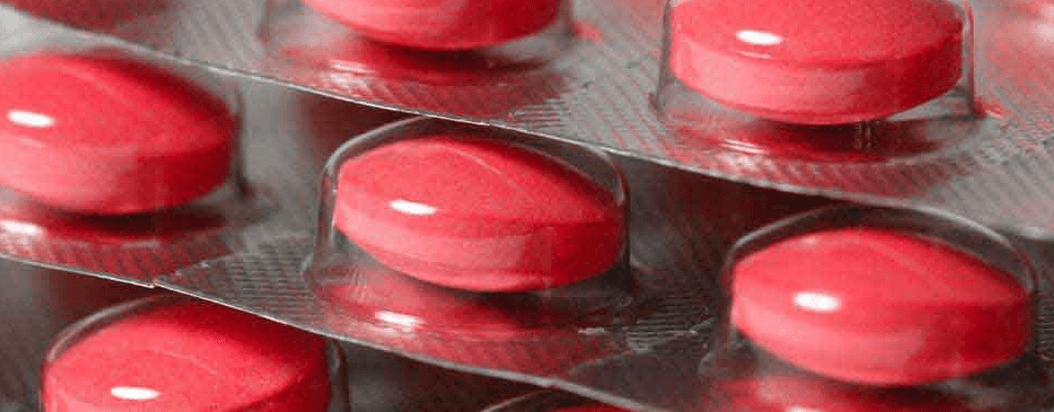It was not a good Valentine’s Day for pharmaceutical giant Merck. On February 14, the company agreed to pay $688 million to settle two federal class-action lawsuits over the cholesterol drug Vytorin. This is but one example of why sometimes a separate products liability policy makes better sense than a more comprehensive Commercial General Liability policy.
Pharmaceuticals, nutraceuticals/nutritional supplements and aircraft parts are just some of the products that have an obvious potential for costly and widespread lawsuits. Consequently, an agent might seek monoline products liability for a high-hazard product an insurer doesn’t want to include in a CGL policy.
Here are five other key factors to consider when placing standalone or monoline products liability coverage for a client:
- Is the coverage provided on a claims-made or an occurrence form? The needs of a specific client should dictate which is used, and getting the appropriate form can require negotiation.
- If there is an existing umbrella policy, will it extend as excess over the monoline Products Liability policy? If the umbrella is on an occurrence basis and the products policy is on a claims-made basis, a potential gap can occur. If the umbrella policy will not extend over the monoline products policy, consider securing higher monoline product-liability limits to match what the umbrella provides over the rest of the program.
- What is the price difference between an appropriate CGL policy and the monoline policy? Often the CGL policy can be only a few dollars higher for much broader coverage.
- If the insured has no CGL coverage in place and needs a monoline product-liability policy, look for coverage gaps. Ask if the insured requires medical payments, personal or advertising liability, fire legal and other possible coverages. Clients rely on you to anticipate and help them with their risk needs.
- Read the policy carefully. Be sure that a change in one portion is reflected in other parts of the policy. If, for example, products liability is excluded from a CGL policy, the contracts portion of the policy should also exclude contractual Liability Coverage for products.





